|
In the early 20th century, this type of taxi call box system might be considered the world's first Uber. And yes... it's a Fiat.
The word taxi can find its roots in the Medieval Latin word taxa, which means a tax or charge for a service. In the 16th century, Philip of Burgundy tasked postmasters Franz von Taxis and Johann Baptiste von Taxis with instituting a fast and reliable postal service to move letters (but not people) throughout the countries of Europe. It's amazing to think that the word taxi is understood by most of the world's population--regardless of the language spoken--to mean a method of moving people from one place to another by car, motorcycle, rickshaw, bicycle or boat. --GVI When I planned our Italy voyage I knew I didn't want to be loaded down as a pro photographer with my larger camera kit and multiple lenses. I made the mistake during our honeymoon in Paris and regretted having to schlep all the gear around with us--everywhere. After all, as a pro photographer, sometimes I have to remind myself when I'm not on a paying assignment and just want to photograph for for art or passion. Our Voyage to Italy a different kind of trip for us--to discover our roots. I didn't want to feel like I was working, but yet I wanted to bring enough photo-power to capture the best images of this trip of a lifetime. We were also going to have our 13 year old son with us, and with that came the need for ready to grab snacks, always carrying water bottles, plus all our our technologies--tablets, smart phones, etc. I wanted great quality in a smaller carrying package. The new breed of "Super Zoom" cameras filled that requirement... At that time, we decided on two cameras, the Nikon P530 (42X zoom) and the P600 (60X zoom). These were affordable (one more so than the other) along with the advantage of their wide-ranging zoom lenses being integrated into the camera body (not removable--no sensor cleaning issues). I also wanted two similar cameras so we always had a backup, and for Lisa to have one in her bag so she could do a lot more shooting. As it turned out, the choice was perfect for us. The bodies on these cameras are smaller--much smaller--than my hefty D7000 (a half pound difference!) Lisa could tuck hers into her "mule bag" and I fit mine comfortably into my messenger style camera bag (I didn't want to advertise my presence as "photographer"). We loved that these cameras were intuitive (even considering their wealth of menu controls) and easy to use; they were lightweight (becoming part of my hand via a wrist strap); and their "Super Zoom" lenses meant we didn't have to miss shots or carry a traditional DSLR with a variety of lenses (in the past, up to 8 lenses!) There are currently three other Coolpix "Super Zoom" models I'd like to recommend: The Nikon Coolpix B700 and Coolpix P900 Our P600 had a 60x zoom while the P530 had 42x range with both capturing 16 megapixel images. The newer Coolpix B700 ($447 on Amazon) also has a 60x zoom range, but bumps up the capture size to a whopping 20 megapixels with an added bonuses: it captures in RAW file format (this is the ultimate digital "negative" to capture) and 4K video. It offers a great combination for this price range. Consider the Coolpix P900 ($559 on Amazon) as the B700's much larger cousin. Although it has only a 16 megapixel file size, it offers an amazing 83x zoom range (24-2000 mm equivalent)! With B700, you trade-off a higher zoom range for a larger file size (a great thing when zooming), and although the P900 has a lower file size, it affords a larger zoom capability. Just look at the what the P900 can do... Now think of what that means. You can be sipping wine on the patio of a hilltop Tuscan town and take a photo of your wife, then a close-up of your dinner, turn to shoot the setting sun and then zoom in on that classic Fiat 500 you spied zig-zagging 3 miles down that twisty road in the valley below--all without having to change lenses. Great stuff, these "Super Zooms". Personally speaking though, I'd go for more compact B700 with the larger file size. The 60x range of my P600 or with the B700 is plenty (35mm equivalent range of 24 – 1440mm) for most people, and for quality photos it's always better to have a larger file size. Keep in mind that if you do want to use the extreme end of these "Super Zoom" cameras to capture the highest, sharpest image possible, set the camera's ISO rating down low (under 200 for normal outdoor lighting) and use a tripod. The latest Finepix super-zoom is the P1000, which offers an astonishing range of 24 - 3000mm (that's optical zoom... a digital mode called Dynamic Fine Zoom bumps it up to 6000 equivalent!) It also has features like 4K Ultra HD video. RAW (NRW), macro, time-lapse and true stereo sound--a perfect choice for vloggers who want to get really serious about their video productions. Think about this fact, if you were a pro photographer, the Nikkor 1200-1700mm lens would run you about $60,000. Yes, putting one of these super-zoom cameras from Nikon in your bag is a great idea indeed.  Here's an incredibly compact, sturdy, small-packing tripod that I highly recommend if you trying to save on space... the compact, folding Cullman Magnesit Copter (Click the Photo to see it on Amazon). It's great for propping up on stone walls, tables or vehicles for a steady platform. I upgraded the head on mine to a Giottos Mini-Ball Head.  What I really love about these Coolpix cameras is that they all have both an eye-level finder (digital) and a vari-angle, articulated viewfinder. The eye-level is useful for shooting "old school", with your nose and eye up to the back of the camera--immersing you into your framing. The swiveling display makes it very easy to shoot overhead (for a short guy like me, this is really appreciated) or for taking shots from very low or awkward angles (taking a shot from a medieval tower holding the camera at arm's length while looking down gives a real sense of height). Great for candid street shots, too, holding the camera down at your side with the display angled up toward you. Done right, people have no idea that you're even taking a picture. I won't get into all the features here, but rest assured, depending on the model, they have a wealth of high-tech tools: GPS and POI (Points of Interest) to help create Google pin maps of where your photos were taken, or even to list Points of Interest nearby your current location; built-in Wi-Fi or Bluetooth; "Near Field Communication" compatibility (NFC); Full HD or 4K video; and ISO ranges of 100-12,800 (P900) and 3200 (B700). You can also connect to compatible smart phones and tablets with Nikon's Snapbridge, sharing and editing photos or even controlling the camera with your device. And thankfully, these "Super Zooms" come with a vibration reduction feature to lessen motion blur when you're zoomed in (shut this feature off to prevent unnecessary battery drain when not needed.)  The communication features are really great to have... Our P600 had Wi-Fi and we used it several times while in Italy to transfer shots to our phone or tablet so we could then Email them to friends or post them to our blog. Basically, you connect your phone (or in our case, our Kindle) to the camera's Wi-Fi hotspot--very easy to do. We also used this feature to dump shots to our phone or Kindle and then back them up to Dropbox as a backup. The Near Field Communication feature is useful if you have a NFC enabled smart phone... tap your phone to the camera and it instantly makes the Wi-Fi connection. Another very techy feature is that the LCD display automatically switches to the internal electronic viewfinder when you hold the camera up to your eye--and vice versa. On the P600 I have to press a button when I want to switch finders. I personally see little use for the GPS feature. This has to be turned on from the menu and will tag photos with lat/long coordinates. Useful for posting photos on Panoramia and Google Earth, I suppose. It also has a feature which lists points of interest near your current location. Sorry, but I don't really need it to tell me that the Colosseum is nearby. I'd recommend keeping the GPS turned off until you really need it... it's a real battery drain. The camera has a multitude of shooting modes for all levels of photographic expertise. If you want full manual control, you've got it. If you want full-auto, it's there too (and does an excellent job). If you prefer selecting Scene modes, here's a sampling: Backlighting, Bird Watching, Beach, Black and White Copy, Close Up, Dusk/Dawn, Easy Panorama, Fireworks, Show, Food, Landscape, Moon, Museum, Night Landscape, Night Portrait, Party/Indoor, Pet Portrait, Portrait, Snow, Sports and Sunset. Scene Auto Selector is another option that analyzes the scene and selects the most appropriate one automatically.  With one charged battery, any of these cameras can take hundreds of pictures, but I really recommend buying a few extra batteries. Video and flash both eat batteries fast on these digital cameras. I brought 3 batteries for each camera and could have used an extra one or two each, so I suggest traveling with an even half dozen for each camera you take. And don't forget to buy one or two battery chargers for your camera's battery model. Even three would be better--you will more than likely run out of battery power long before you'll fill up a large capacity SD card. It's best to carry fully charged batteries with you at all times. Here's a dual bay model that would work well... the BM USB charger with 2 Pack of EN-EL23 Batteries ($28 on Amazon). And the perfect companion to this would be a rapid start, "Smart" USB charger for all your devices (battery charger, phones, tablets, etc.) like the Sabrent Quick Charge 3.0 [UL Certified] 54W 5-Port Family-Sized Desktop USB Rapid Charger ($25 on Amazon). We had a charger like this. This type senses that amount of power each specific device requires and can charge 5 devices at once, with one of its ports being a fast charger (how's 20 minutes sound?) That's about it... all you need to take fantastic photos and travel with with a new "Super Zoom" camera. Here's a tip though: If you are planning a trip in the near future and want to buy a new camera, make your purchase well in advance your Voyage--perhaps 2-3 months prior to departing. This will give you enough time to become fluent with all the features and settings of the camera. These cameras are very powerful tools and can capture amazing images, if you just take the time to learn all of their functions. I hope this helps you decide whether a "Super Zoom" might be best for your own Voyage to Italy. If you have any questions, be sure to ask...
Happy shooting! --Jerry Finzi "Today enters March, the wrangling arose underground and cracked the Earth, God save the quarrel, the witch, the femmena mandrega, by dogma are angry and envious of Mankind." --from Prete Grasso e dal Vilan che va a Spasso (The Fat Priest and Villain Take a Walk, a childrens story)  A detailed map of where to locate the margolfe of Fiumalbo A detailed map of where to locate the margolfe of Fiumalbo This children's story warns against evil and reminds us of the Margolfa, a "mummy" carved into stone and used to ward off evil and the malocchio in the region surrounding Fiumalbo in the mountains of Emilia-Romagna. These stone heads are placed on walls and homes to scare away the evil that came from the deep, dark forests in medieval days. Perhaps this superstitious tradition was begun by the ancestors of modern day Fiumalbini, who in times past actually hung the severed heads on doors and walls as a warning to their real world threats--invaders--to stay away. While some margolfa are ancient, there are local artists still carving new ones today... and people still guard their homes from the malocchio with them. --Jerry Finzi You might also be interested in...
Small Towns of Italy - Fiumalbo in Emilia-Romagna Monsters of Italy: Sardinian Mamuthones, the Stuff of Nightmares Garden of Bomarzo - Lions, Monsters and Bears, Oh My! Villa Palagonia, the Sicilian Villa of Monsters Castello Incantato - the Enchanted Castle and Stone Heads of a Madman To me, the old, weathered doors in Italy are a work of art in and of themselves. Their textures of aged wood, peeling paint and ancient, blacksmith forged hardware are wonderful subjects for my own photography. But in the small mountainside village of Staiti in the Aspromonte National Park in Calabria there are doors that boast both colors and colorful words. They were painted by a Staitese artist, Teresa Gandini, with the help of local boys. Gandini is a well known artist in the area who usually paints local scenes of rustic architecture, gardens and floral settings. But in this case, not only her images, but also the words she paints on the doors are what transforms them doors into sheer architectural poetry. They could very well be the doors to visitors' souls... --Jerry Finzi One of the world’s oldest olive trees, photographed under the stars, is in Puglia. It is shown here, as captured by photographer Beth Moon in her Diamond Nights series. Some olive trees have survived more than a thousand years. One such tree, on the Greek Island of Crete, is estimated to be between 2 to 3 thousand years old. This tree may be somewhat unique in that at the top of the trunk there appears to be the image of a man face, with two prominent eyes, a nose and a rather large mouth. --Anthony J. DiLaura, GVI Contributer You might also be interested in...
Ancient Olive Trees - Slide Show Our Favorite Things Made from Olive Wood L’Ulivo Pensieroso: The Pensive Olive Tree All About Italian Olive Oil: The Good, the Bad and the Amazing... Video: How Olives are Harvested and Made into Olive Oil Treating Your Olive Oil with Love and Respect Citrus fruits were brought to Italy via Sicily by the Arabs around 850 AD. Its warm climate and mild and sea breezes are perfect conditions for large-scale cultivation of many types of citrus. At first only bitter and yellow oranges were grown, though over time sweeter, loose-skinned and even red varieties were developed.
The climate and local conditions in the plain of Catania, near its volcano, is the only place in the world growing Sicilian Blood Oranges. Sicilian citrus groves are found throughout the island region. There are also Mandarins, Tangerines, Cicilian Lemons, and Limette (Sicilian Limes). 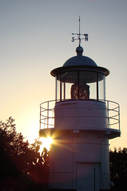 Castello di Ruffo di Scilla (also known Ruffo di Calabria castle) is an ancient fortification, originally built during the 5th century BC, and located on the Scillèo promontory, looking out over the Strait of Messina. The castle is in the town of Scilla, about 20 km north of Reggio Calabria. The castle also houses one of the Navy lighthouses, the Scilla lighthouse.  Mythology tells us that Scilla was a beautiful young girl, daughter of Niso, who was King of Megara. She was loved by the marine god Glauco, and transformed by a wizard named Circe into a monster with six heads of ferocious dogs who devoured sailors passing through the Strait of Messina. Due to the unpredictably strong currents, the Strait of Messina had always been feared by ancient mariners. It is said that Tyrrhenian pirates were first to settle this coastal area in 493 BC, but others claim it was already settled during the time of the Trojan Wars in the 12th century BC. Built by the Dukes of Calabria, the Castello di Ruffo costs a mere €1.50 to tour, overlooking the Marina di Scilla and its wonderful pebble beach. The beach-front in summer is frequented by tourists and surrounded by hotels and restaurants. Because of its location in the Straight of Messina, the waters are typically very warm. As such, the fishing in these waters are world renowned for catching Pesce Spada, or swordfish and the Castello contains many exhibits about what it takes to catch this elusive great fish. --GVI
|
Categories
All
Archives
January 2024
|




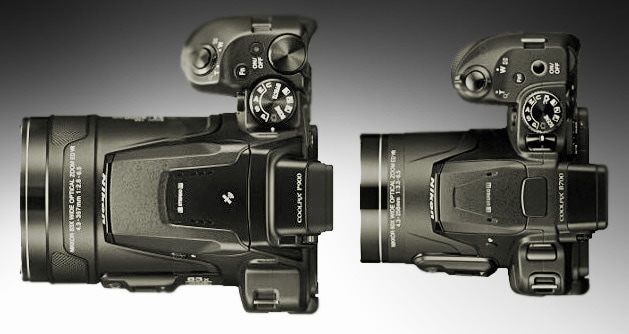




















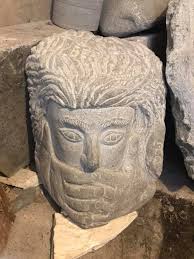











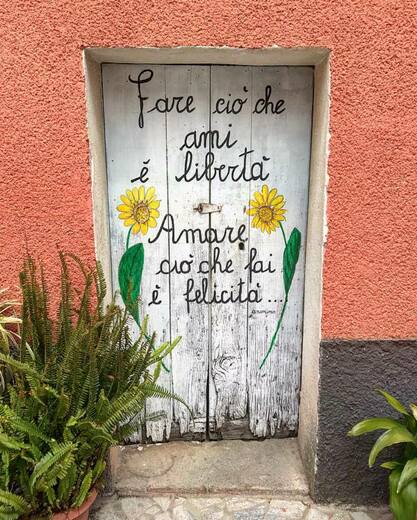
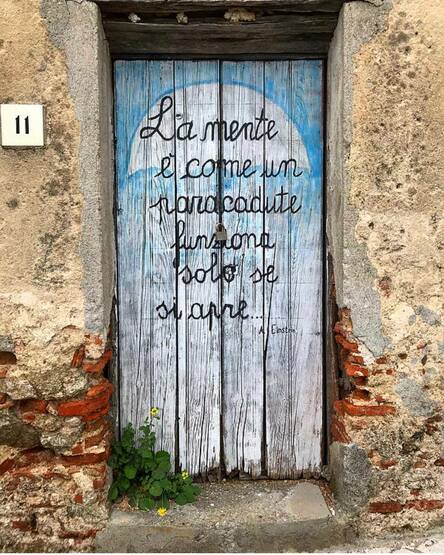
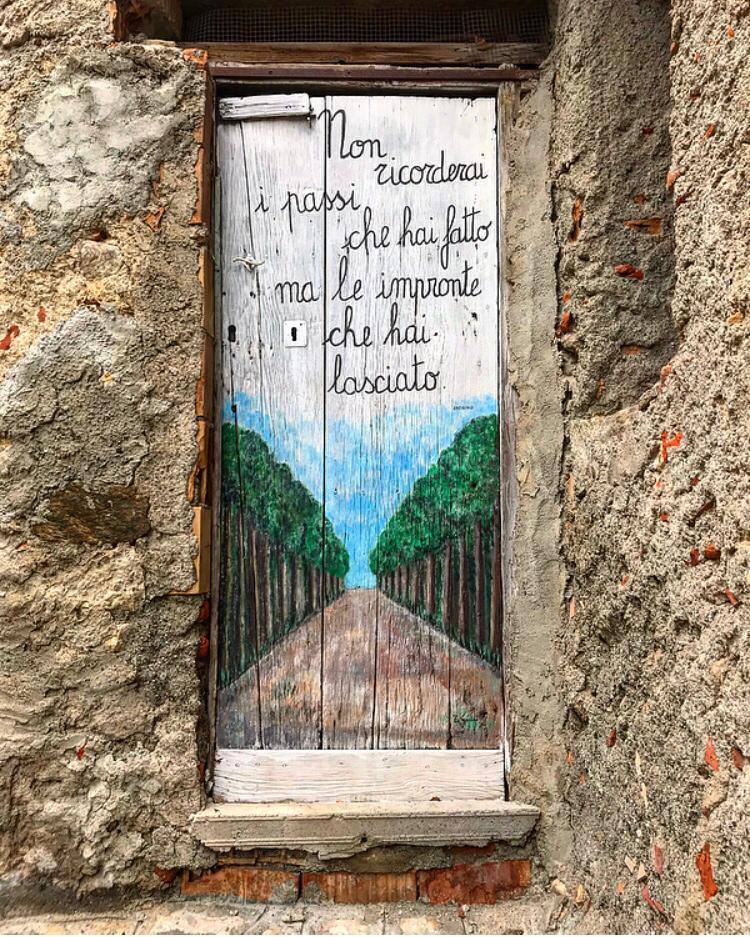

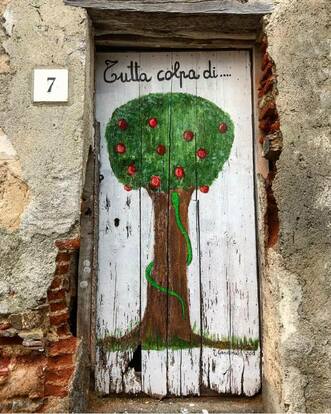
















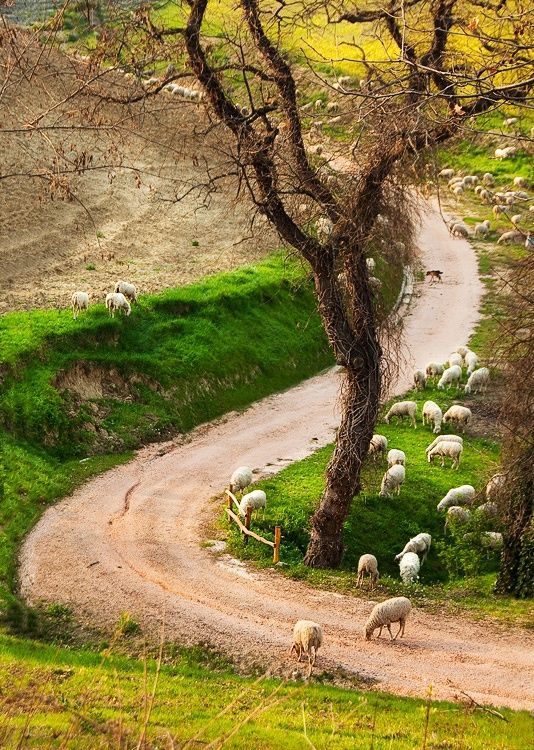

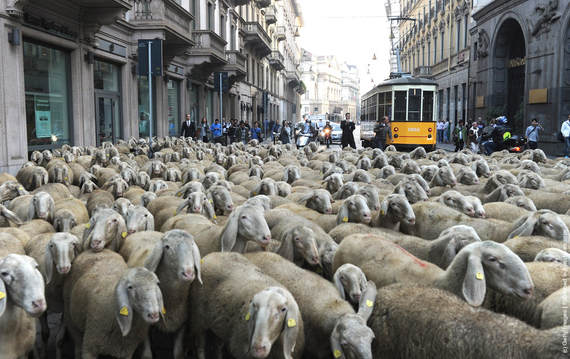
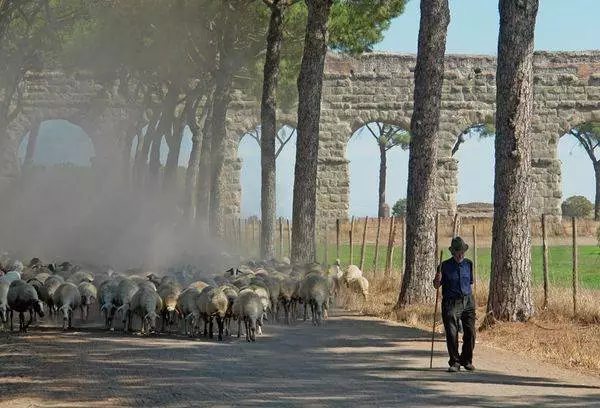
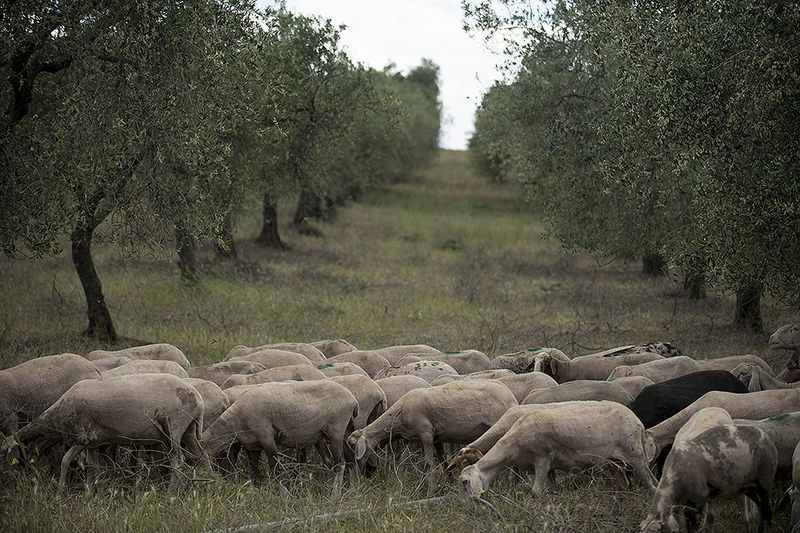








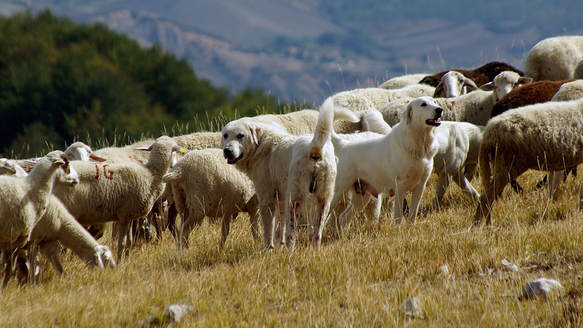















 RSS Feed
RSS Feed
